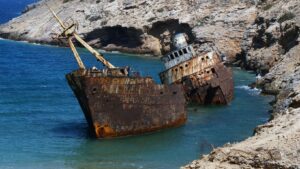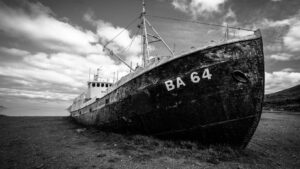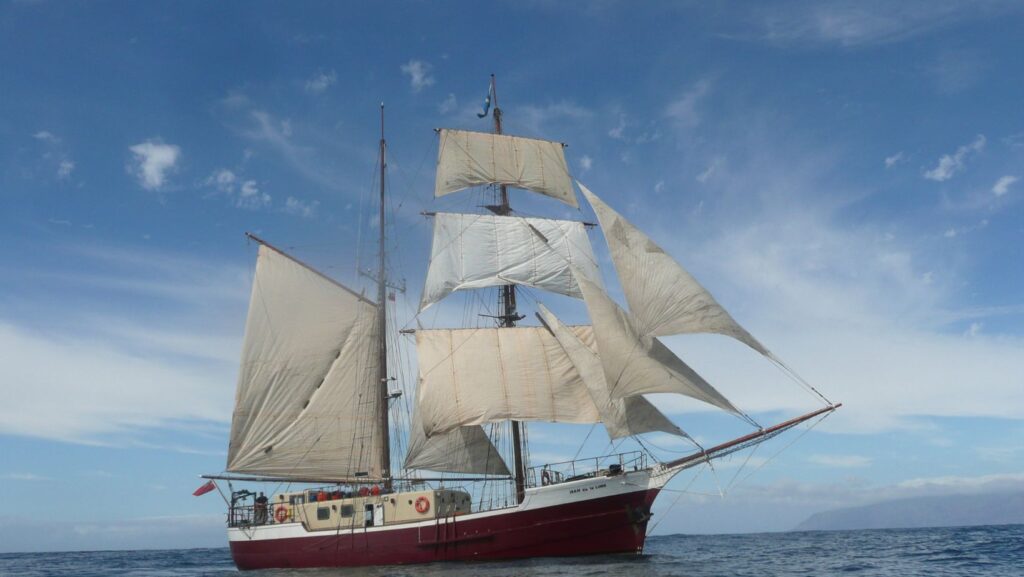Venture back in time to an era of production’s resources when majestic vessels ruled the seas – the age of the old ship. These historic marvels of maritime craftsmanship hold tales of exploration, trade, and adventure on the open waters. From the iconic wooden tall ships to the sturdy ironclads, each old ship has a unique story to tell, whispering secrets of bygone voyages and naval conquests.

Exploring the legacy of old ships offers a glimpse into the rich tapestry of nautical history, theory books, where these vessels were the lifeline of civilizations, connecting distant shores and shaping global trade routes.
Whether it’s the graceful curves of a vintage schooner or the imposing presence of a warship from yesteryears, each old ship embodies a piece of our seafaring heritage, evoking a sense of wonder and reverence for the maritime past. Step aboard as we embark on a journey to unravel the mysteries of these ancient mariners, delving into the allure of old ships that continue to capture the imagination of sailors and landlubbers alike.
Old:0_h5sbvxhkg= Ship

Old ships have a rich history that spans centuries, serving as crucial vessels for exploration, trade, and warfare. These maritime marvels played a pivotal role in connecting distant lands, shaping global trade routes, and preserving tales of naval conquests.
Each type of old ship, whether a wooden tall ship or an ironclad warship, carries a distinctive narrative that captivates enthusiasts and historians alike. From themajestic galleons of the Age of Discovery to the formidable battleships of the World Wars, old ships continue to intrigue and inspire admirers of maritime heritage.
Wood, specifically oak, pine, and cedar, was a primary material used in crafting the hull of old ships. These sturdy woods provided the necessary strength and flexibility to navigate the tumultuous seas. Additionally, materials such as canvas, tar, and hemp ropes were commonly utilized for sails and rigging, showcasing the resourcefulness of shipbuilders in utilizing available materials.
Old ships were meticulously designed to optimize performance and withstand long ocean voyages. The hull shape, keel design, and rigging arrangements were carefully planned to ensure speed, stability, and maneuverability. Ship designers of the past ingeniously incorporated elements of art and science to create vessels that were not only functional but also aesthetically pleasing.
Famous Old Shipwrecks

- TitanicThe Titanic, famously known for its tragic sinking in 1912, has captivated the world for decades. This renowned passenger liner met its fate on its maiden voyage from Southampton to New York City. The wreckage of the Titanic was discovered in 1985, lying at a depth of about 12,500 feet in the North Atlantic Ocean. The ship’s sinking led to significant advancements in maritime safety regulations.
- Vasa
The Vasa, a Swedish warship that sank on its maiden voyage in 1628, is a well-preserved example of an old shipwreck. It now rests inthe Vasa Museum in Stockholm, where visitors can marvel at its intricate design and learn about its ill-fated journey. The Vasa offers a glimpse into the maritime history and shipbuilding techniques of the 17th century. - Mary Rose
The Mary Rose, an English warship from the early 16th century, sank in 1545 during a battle with the French fleet. Discovered in the 1970s and raised in 1982, the Mary Rose provides valuable insights into naval warfare and ship construction during the Tudor period. It serves as a time capsule, preserving artifacts and showcasing life aboard a warship of that era. - Birkenhead
The HMS Birkenhead, a British military ship that sank off the coast of South Africa in 1852, is remembered for its gallant sacrifice. Despite the tragedy, the crew followed the “women and children first” protocol, setting a maritime precedent for prioritizing civilian lives during emergencies. The wreck of the Birkenhead is a symbol of honor and bravery in the face of adversity. - SS Edmund Fitzgerald
The SS Edmund Fitzgerald, a freighter that sank in Lake Superior in 1975, remains one of the most famous shipwrecks in the Great Lakes. The loss of the Fitzgerald and its crew of 29 sparked speculation about the causes of the tragedy, leading to ongoing interest and investigations. The ship’s legacy is commemorated through songs, books, and documentaries, keeping its memory alive in maritime history.



